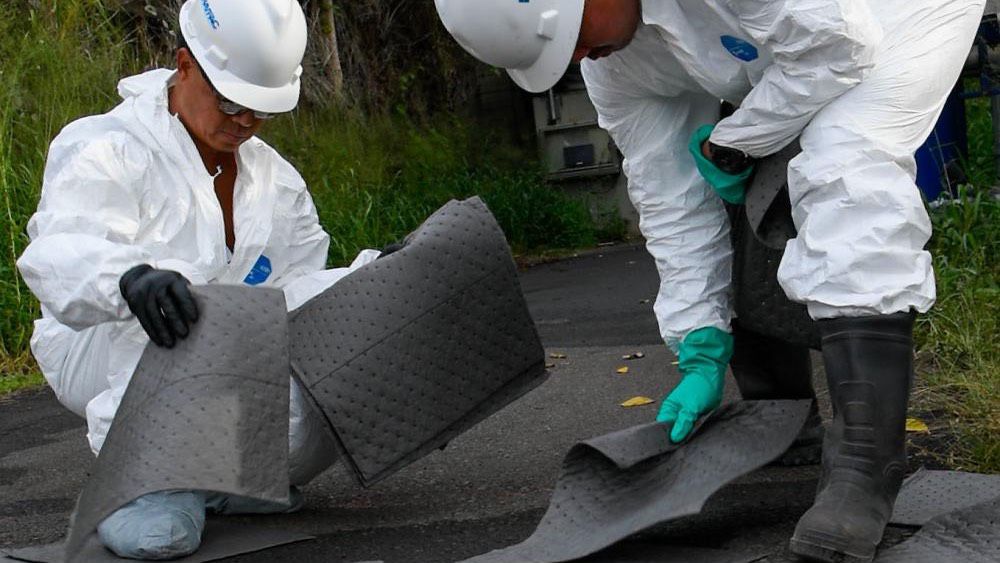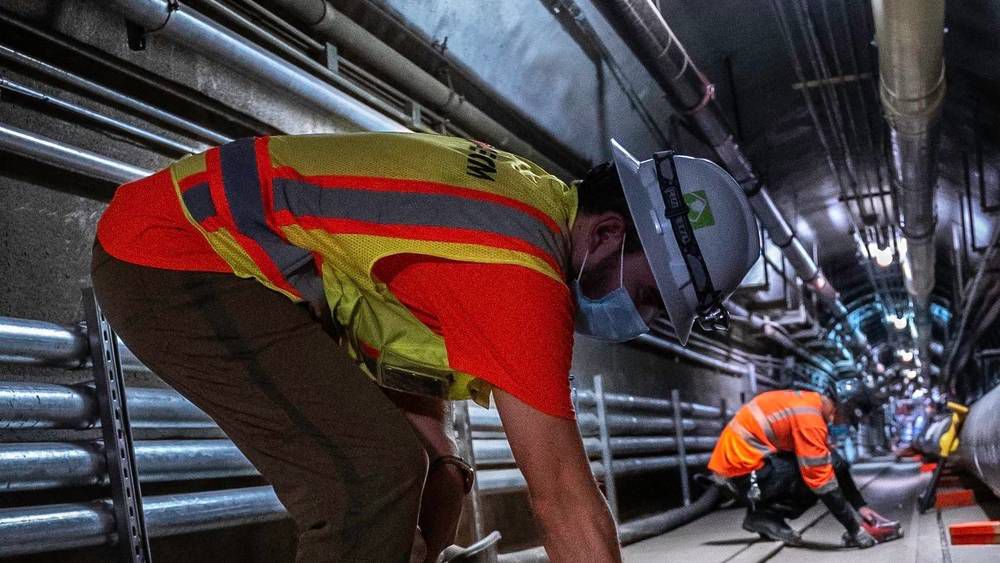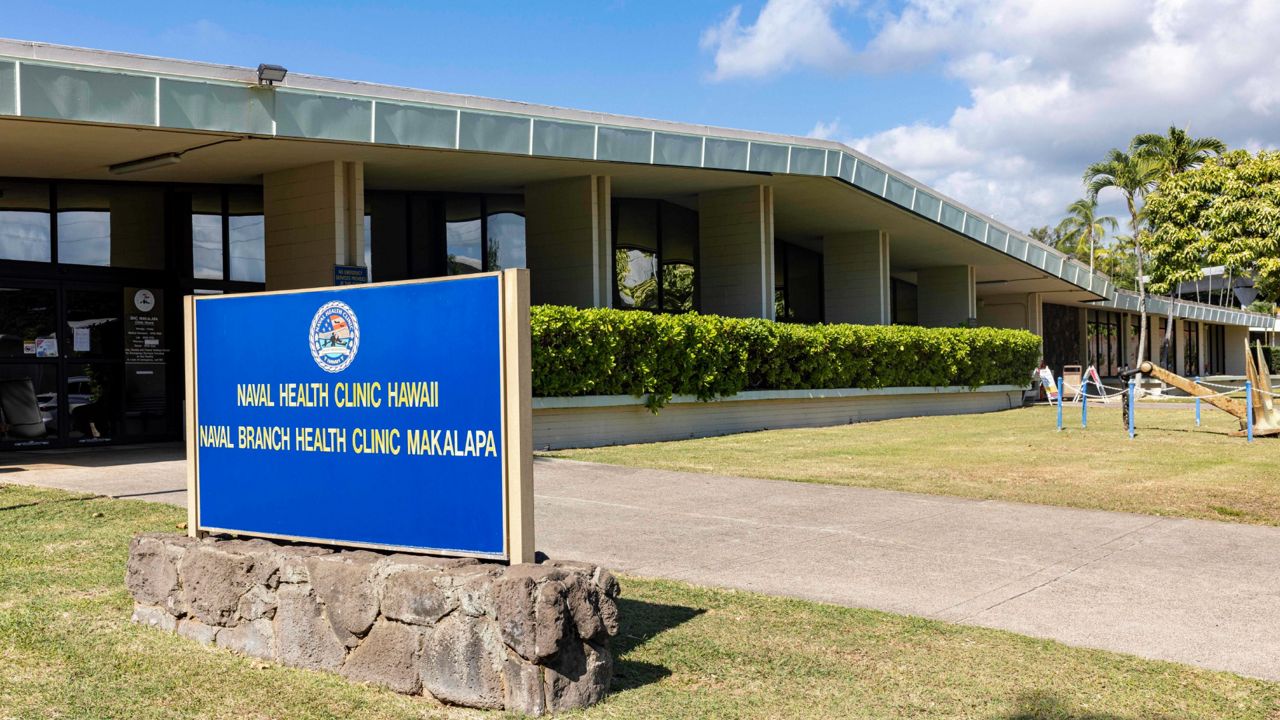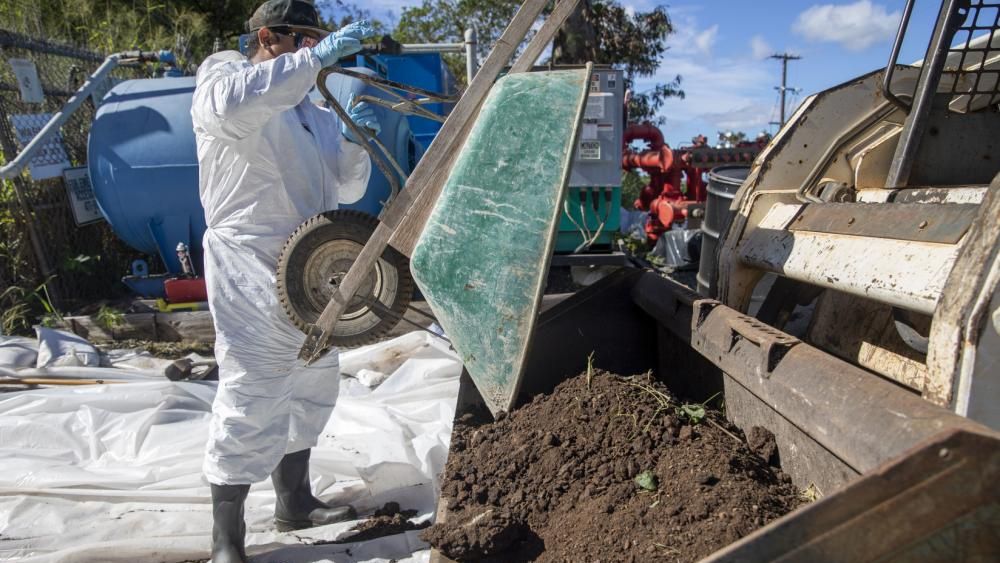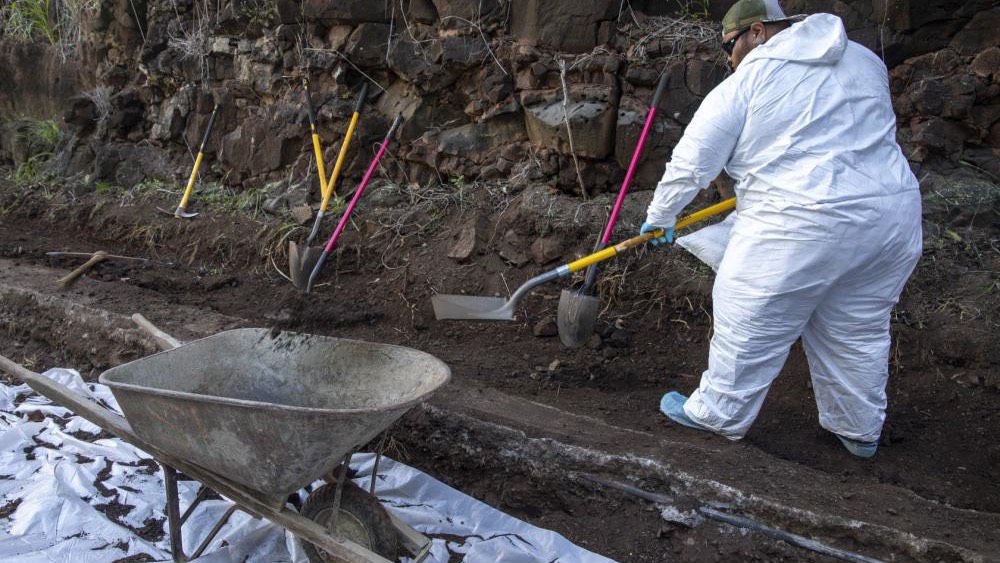HONOLULU — On Wednesday, Navy officials provided a detailed timeline of the spill and clean-up efforts of 1,100 gallons of toxic fire suppressant, known as Aqueous Film Forming Foam or AFFF, at the Navy’s Red Hill fuel facility, while the Board of Water Supply chief engineer said he should have been told immediately about the spill.
Both the U.S. Navy and the Board of Water Supply held news conferences on Wednesday, the day after the spill.
AFFF foam is used to suppress fires caused by flammable liquids such as fuel and contains PFAs, which are known as forever chemicals because they are very slow to degrade. PFAs increase the risk of certain cancers, high blood pressure in pregnant women and other health problems.
The Navy said during their news conference that they have not determined why the AFFF was released.
The Navy's timeline for the spill
At 1:10 p.m. on Tuesday, members of the Joint Base Federal Fire Department were sent to respond to the AFFF spill at Red Hill, according to Rear Admiral Stephen Barnett, who spoke at the Navy’s press conference.
Barnett said he did not know when the spill started.
The release of AFFF was stopped around 2 p.m.
The Hawaii Department of Health was notified at 2:38 p.m. about the spill, according to Barnett.
The BWS Chief Engineer Ernie Lau said he first learned of the release when a reporter with Civil Beat asked him about it. The Navy told him about the spill about six to seven hours after it was discovered around 1 p.m.
“That’s too long. It could have been a lot faster,” said Lau, during the BWS press conference.
He asked the Navy and its regulators to inform BWS immediately of any future spills.
“We need to know right away when something as serious as this has happened,” Lau said.
Barnett said the concentrated-form of AFFF came out of a vent on a pipe just inside the Adit 6 entry doors, which is on the mauka side of the Red Hill storage facility. The AFFF spill was started by the activation of a supply pump.
“There was no evidence of any fire associated with this spill,” said Barnett. “At the time of this incident, system maintenance was being conducted as a part of a service contract on a fire suppression system and we were investigating the actual cause of the pump activation.”
The DOH said in a news release on Wednesday that a cause of the spill has not yet been identified to DOH.
"It’s critical that the Navy and Department of Defense provide more information on how this happened so regulators can ensure that proper corrective action is taken," the DOH news release said.
Remediation efforts
Barnett said his team worked “overnight to remediate the spill by excavating, removing contaminated surfaces and materials from the air.” At the time of the news conference, up to 50 service members were continuing to work on clean-up efforts, according to Barnett.
Absorbent pads were used to collect the AFFF inside Adit 6, according to Barnett. Storm drains were sealed at Adit 6 in order to stop the migration of AFFF.
Dirt was removed from the road, pavement from the surrounding area and asphalt from the scene. So far, about 250 cubic feet of soil has been excavated at depths of six-inches. Navy Capt. Cameron Geertsema, the commanding officer of Naval Facilities Engineering Systems Command Hawaii, said it might excavate up to two-feet deep in order to remove all of the AFFF.
Contaminants are being stored in 135 55-gallon drums. Barnett said he expects many more drums will be used before the clean-up is completed. The contaminants will most likely be taken to a superfund site on the U.S. mainland for disposal.
“The reason why we're taking these immediate actions, to take the concrete, move that, dig down into the soil, is to get down as deep as possible to avoid the leaching and getting into the soil,” said Rear Admiral John Wade, who is the commander of the Joint Task Force Red Hill.
Barnett said that because of the size of the spill, he did not believe it would contaminate the drinking water or the aquifer.
The DOH said in its news release on Wednesday that there is no evidence of impact to surface water or drinking water from the spill. The state agency has been at the scene of the spill to oversee the Navy's soil remediation work.
The next steps
Lau said the BWS is sending a letter to DOH and the Environmental Protection Agency, which are both regulators of the Navy, to demand the Navy conduct weekly tests in all of their wells for PFAs.
“We do not want to see these types of chemicals being released over our important aquifers, our freshwater resources, because these things can pose serious threats to our drinking water resources, and they are persistent in the environment,” Lau said.
The DOH said later that day in its new release they would require the Navy to test for PFAs in soil and groundwater, and that the Navy was expected to submit a sampling plan by Wednesday evening.
Lau also said there are safer firefighting-foam systems that the Navy should use instead of AFFF.
During the BWS news conference, Lau got emotional, while he said Hawaii’s water is precious and that no more chemicals, whether PFAs or fuel, should be released from Red Hill.
Lau said he demanded that the Navy’s timeline for removing the fuel from Red Hill must be shortened. Currently, the Navy has said the fuel will be removed from Red Hill by July 2024.
Michelle Broder Van Dyke covers the Hawaiian Islands for Spectrum News Hawaii. Email her ideas and feedback at michelle.brodervandyke@charter.com.





